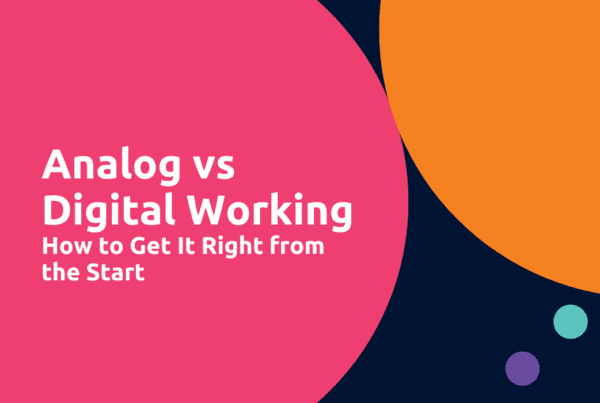I’ve lived in Wellington for well over 30 years, and in all that time we’ve always been told that we can one day expect a big earthquake. Because of this, we’re prepared for it. We have water stored at home and work, spare food, ways to keep warm and cook.
It came as a big surprise when the quakes hit Christchurch. They aren’t supposed to happen there and I guess people weren’t as prepared as we might be in Wellington. But we knew we could still have a big earthquake at anytime. Even so, the quake in July was a surprise and a wake up call. Thankfully, it was on a Sunday afternoon and we weren’t at work. The city was pretty much empty.
Last Friday was even more of a surprise, simply because you start to think, “it won’t happen again”. But the surprise was more the severity of the quake and then the sheer number of aftershocks that were also of a significant magnitude. This was the first time I’d ever been in a large earthquake while at work and experienced first hand the ability for Wellington’s buildings to absorb a quake. I have been on the 22nd floor of the State Insurance Tower in severe winds and felt that move around along with the associated feeling of motion sickness.
On Friday I also happened to be 22 levels up, this time in the Vodafone Building. Boy, did we sway. Not once, but many times. It was the first time I’ve been under the desk in an earthquake. I’m right by a window and I could see a number of other buildings swaying also.
The big question is then, what to do next? A lot of people hit the streets immediately. Probably not the best thing if an aftershock comes and buildings start tumbling, but is it better than being 22 levels up? The streets also jammed up with traffic as everyone wanted to leave town fast. And traffic was in both directions. The photo below is of State Highway 1 – on a Friday afternoon you can expect the right side north bound lanes to be busy but this is at a stand still and the south bound lanes are full too.

Even more curious was the stand up paddle boarder on the harbour immediately after the quakes. Even without a tsumani warning I’d want to stay away from the water just in case another quake happens and causes one. Of course this guy could have seen his board as the fastest way across the harbour to Eastbourne given the traffic delays!
Who’s prepared?
While we’ve got the water and food ready waiting for the big one the next question is who can run their business successfully after such an event? There are plenty of work places closed in Wellington today while buildings are still being checked. We helped one business out a couple of weeks back who aren’t allowed back into their building for months while strengthening work is carried out.
But is your business prepared? What happens if you can’t access your building? Does your business grind to a halt or can you carry on? Do you have the details of all your staff handy so you can contact them quickly in an emergency? And can they work from home if required?
This is where cloud computing really comes into it’s own. It doesn’t matter if your place of business is completely destroyed because all of your critical business data is stored somewhere else and it’s backed up across a number of other locations in case something happens at the primary data centre. All that you need to access your critical data is an Internet connected device with a web browser.
Will you take the risk?
Are you prepared to risk your business and keep all your valuable data onsite? Even if it is backed up off site you still need to get a new server delivered, configured and connected up before you can start working again. This could take weeks and cost a small fortune. If you want to know more about disaster recovery using cloud computing you should check this out.
Hopefully that’s the last of the shakes for a while but we all know there will be another one sometime.



